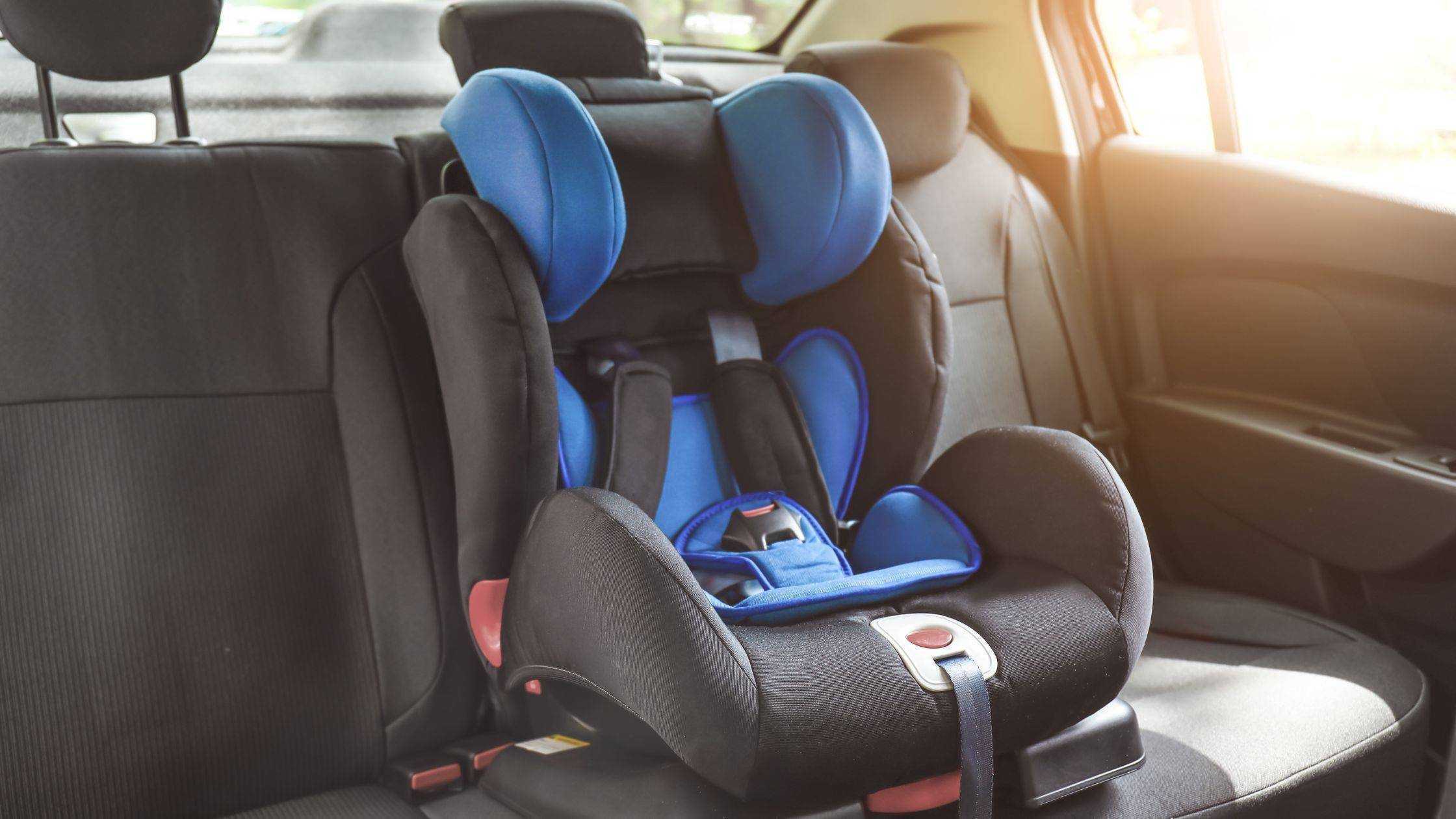
Child car seats play a crucial role in ensuring the safety of young passengers during car rides. However, improper installation or usage can significantly reduce their effectiveness. To ensure the utmost safety of your child, it’s essential to follow the right steps for installing and using child car seats. In this article, we will provide you with exclusive tips and guidelines to help you navigate the process successfully.
Selecting the Right Car Seat
Choosing the appropriate car seat for your child is the first step towards ensuring their safety. Consider the following factors when selecting a car seat:
1. Age and Size
Different car seats are designed for specific age groups and sizes. Ensure that the car seat you choose is suitable for your child’s age and weight range.
2. Type of Car Seat
There are several types of car seats available, including infant car seats, convertible car seats, and booster seats. Select the one that corresponds to your child’s age and developmental stage.
3. Safety Standards
Always choose a car seat that meets the latest safety standards set by regulatory authorities in your country. Look for labels such as the U.S. Department of Transportation’s Federal Motor Vehicle Safety Standard (FMVSS) or the European Safety Standard (ECE R44/04).
Installing the Car Seat
Proper installation of the car seat is crucial for optimal safety. Follow these steps for a secure installation:
1. Read the Manual
Before starting the installation, carefully read the instruction manual provided with the car seat. Each car seat model may have specific installation instructions that you need to follow.
2. Positioning
Place the car seat in the back seat of your vehicle. Rear-facing car seats should never be installed in the front seat equipped with an active airbag, as it can be dangerous for infants and young children.
3. Anchoring System
Use either the vehicle’s seat belt or the Lower Anchors and Tethers for Children (LATCH) system to secure the car seat. Follow the instructions in the manual to ensure the proper use of the anchoring system.
4. Secure Fit
Ensure that the car seat is tightly secured to minimize any movement. Push down firmly on the car seat while tightening the seat belt or LATCH straps to eliminate any slack.
5. Angle Adjustment
For rear-facing car seats, check the recommended recline angle specified in the manual. Adjust the recline angle according to the instructions to provide optimal safety and comfort for your child.
Using the Car Seat Properly
Once the car seat is correctly installed, follow these guidelines to ensure your child’s safety while using it:
1. Harness Adjustment
Properly adjust the harness straps of the car seat to fit snugly against your child’s body. The straps should lie flat and not be twisted. Make sure the harness is positioned at or below your child’s shoulders for rear-facing seats and at or above the shoulders for forward-facing seats.
2. Chest Clip Positioning
Position the chest clip at armpit level to ensure it rests on the chest bone. This prevents the harness straps from sliding off the child’s shoulders in the event of a crash.
3. Secure Straps
Ensure that the harness straps are properly tightened and snug. You should not be able to pinch any excess webbing at the child’s shoulder.
4. Remove Bulky Clothing
Avoid dressing your child in bulky clothing, such as thick jackets or snowsuits, while they are in the car seat. These can compress during a crash and leave the harness too loose. Instead, use a blanket over the buckled child to provide warmth.
5. Regular Inspections
Periodically inspect the car seat for any signs of wear, damage, or recalls. Check that all the components, including buckles and adjusters, are functioning properly.
6. Transitioning to the Next Seat
As your child grows, you may need to transition to a different type of car seat. Follow the manufacturer’s guidelines and recommended age, weight, and height limits for transitioning to the next seat.
Conclusion
Proper installation and usage of child car seats are crucial for the safety of young passengers during car rides. By selecting the right car seat, installing it correctly, and using it properly, you can significantly reduce the risk of injuries in case of an accident. Always refer to the car seat’s instruction manual for specific guidelines and consult with certified child passenger safety technicians if needed. Prioritizing the safety of your child in the car is an essential responsibility for all parents and caregivers.
